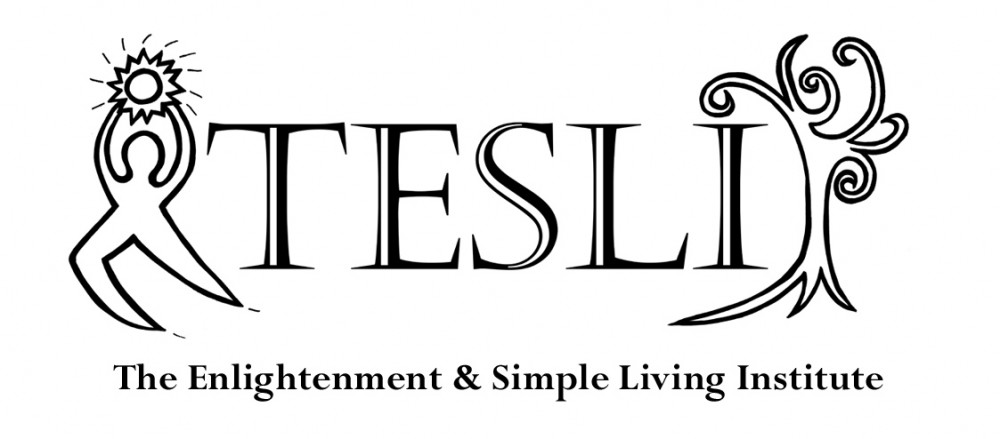In July I switched from my cost saving swamp cooler to the energy consuming air conditioner. The savings I received from using the swamp cooler made up an earlier post. Today I want to report on my reductions in energy consumption vs last year using the air conditioner. The results of a couple lifestyle modifications really made a difference! 
First off, my central AC unit uses about 4 kw per hour and during the APS peak times (between noon and 7pm) it costs about $1 per hour to run. In 2013 I compromised my comfort by not using much AC during these peak times. This year, I didn’t hesitate to run my AC, but I also planned my day so that if I had errands to run I’d be out of the house in the afternoon, not in the morning. I also switched my work schedule so that I was working afternoons and evenings on two of the weekdays instead of days. Further, in July, I spent time at the library on my days off and enjoyed their cool.
I think all these modifications helped reduce the bill, but I think the most significant reduction was due to the fact that I raised my thermostat to 80 degrees in 2014 vs the 76 degrees I used in 2013. Here is the basic thermostat program I used this year:
midnight to noon: 82 degrees
noon to 7pm: 95 degrees
7pm to midnight: 80 degrees
Last year, I tried to keep my house cool by jacking the temperature down before the noon peak times. This meant I was too cold half the time and too hot the rest of the time. This year, I found 80 degrees perfect most of the time. In the afternoon, 82 or even 83 would feel okay and occasionally, I would dial it down to 79 or 78. I have found that the 76 degrees is just too cold.
AC units run most efficiently if they are allowed to run for at least 15 minutes each time they come on. My AC unit is set with a tight window. This means that if it is set at 80 degrees and the temperature rises to 81 degrees it will come on. However, my AC only takes seven to ten minutes to cool down my house from 80 to 81 during the morning and evening. There is a way to change the default temperature “window” setting, but I haven’t messed with it. Instead I keep the default program on 82 degrees during the day and when I get hot I meander over to the thermostat and temporarily reduce the temperature down to 80.
In the afternoon the program is set for a temperature that ensures that the AC will not come on. If I am not home it gets hot – sometimes up to 90 degrees. If I am home I simply reduce the setting until I am comfortable.
I am also blessed with an uneven distribution of cool air. The vent in my bedroom/office pushes out more cool air than the other vents. Last year I covered up this vent to prevent getting too cold. This year I have kept it wide open. If the AC is running this work and sleep room is typically 4 degrees cooler than the rest of the house. Indeed, when I’m sitting at my desk, as soon as the AC comes on I am bathed in cool air.
Some of the other energy conservation things I do (both 2013 and 2014) is close the vents in the two rooms I am not using and turn off the hot water heater in the summer. I also use an outside burner to warm up my breakfast and cook some of my meals. Why heat up the house and then have to cool it down?
